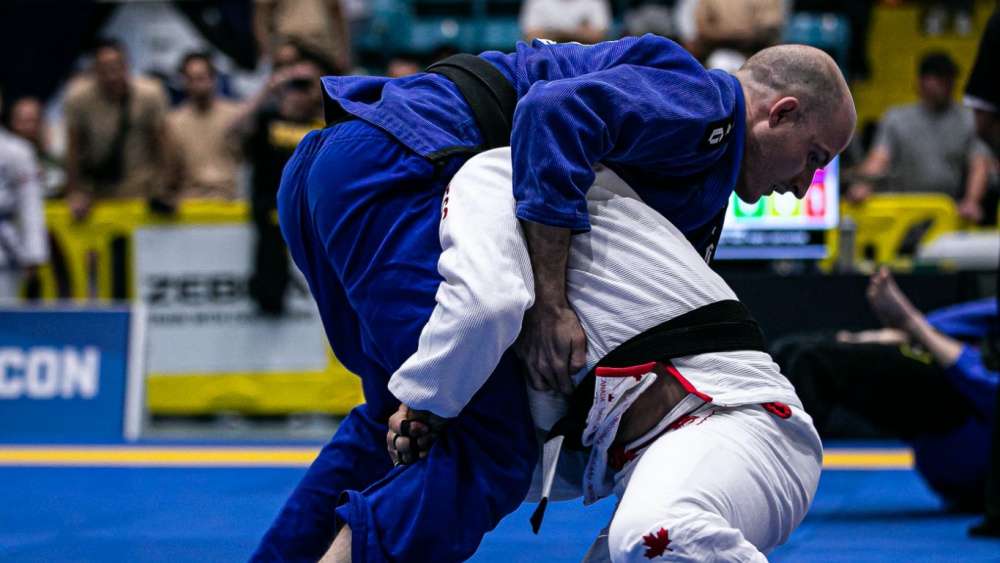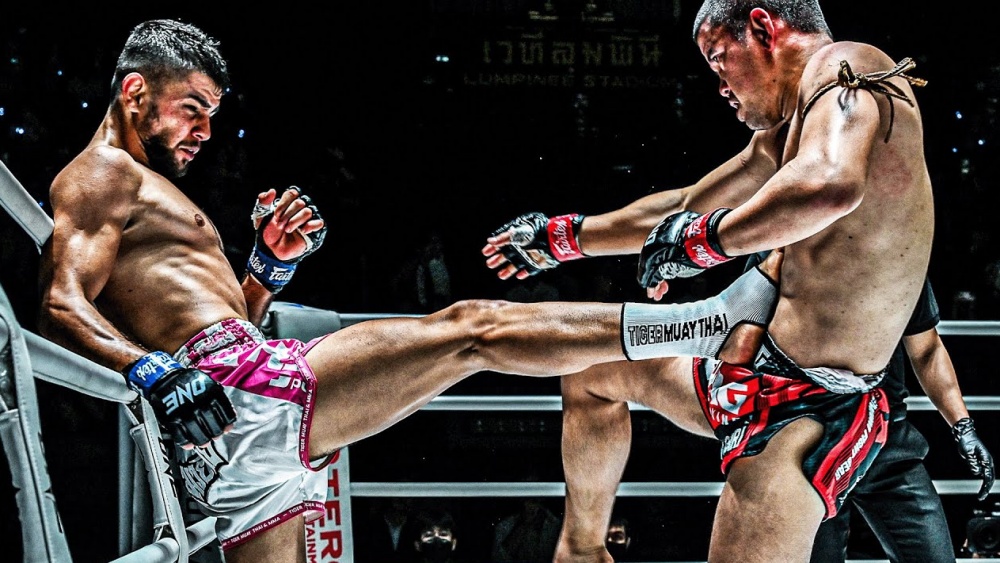The lockdown period has been tough for everyone, including martial artists. Martial artists from Singapore to the United States are feeling the pain of not being able to go to their BJJ gym, Muay Thai gym, or boxing gym. For people who don’t train, it may seem strange that people could miss BJJ classes, Muay Thai classes, and boxing classes so much. However, for martial artists, training is a necessary part of life.
Despite the current lack of martial arts, there are plenty of ways for martial artists to perfect their skills while stuck at home. For BJJ students, there has never been a better time to perfect BJJ’s fundamental movements than now. Under normal circumstances, most BJJ students stay busy practicing fancy new techniques and trying to keep up with the latest BJJ trends. This is a big part of what makes attending BJJ class so fun. In fact, this is a common theme among most martial arts, as students who attend Muay Thai class, boxing class, and other martial arts classes enjoy perfecting flashy new techniques. Working on complicated techniques is an important part of BJJ and other martial arts, and it’s one of the things that keeps practitioners coming back to BJJ class, boxing class, and Muay Thai class again and again. Unfortunately, however, with so many exciting moves to work on, BJJ’s fundamental movements often fall to the wayside.
Below is a list of 4 solo BJJ drills to train during the lockdown period. If you work on these consistently during the lockdown period, you’ll see big improvements in your game when you finally return to your BJJ gym.
1) The Shrimp
The shrimp (also known as the hip escape) is one of the simplest, but most important, BJJ movements. Most students learn the shrimp in their very first BJJ class. As a BJJ student, the shrimp will be part of your repertoire for the entirety of your BJJ career. It is the foundation for many essential BJJ skills, including escapes, guard recovery, and even certain submissions. Perhaps most importantly, the shrimp trains students to develop good hip movement, which is an essential part of being a good BJJ practitioner. Here’s how to do the shrimp:
- Lay on your back with your knees bent and your heels near your rear.
- Turn slightly onto one shoulder.
- Lift your hips off the mat.
- Press your feet into the mat and move your hips in the opposite direction of your shoulder that is supporting your weight.
- As your hips move back, extend your arms toward your feet.
- When you finish the movement, return to the starting position.
2) The Technical Stand Up
The technical stand up is another fundamental BJJ movement most students learn in their first BJJ class. It is an efficient and safe way to stand up off the ground, and it allows students to maintain their balance while defending against the threat of oncoming strikes. Here is how to perform a technical stand:
- Sit down with your knees bent and your feet flat on the floor.
- Lean to one side and place your hip and leg on the ground.
- Put your same-side hand flat on the ground behind and to the right of your hip.
- Post your opposite-side foot flat on the ground with your knee bent.
- Move your free hand straight out from your body slightly.
- Post your weight on your grounded foot and hand.
- Lift your non-posted leg and hip off the ground. Your rear should also come off the ground when you do this.
- Place your non-posted leg behind you and post the same-side foot on the ground to the rear of your posted hand.
- Stand up off the ground while maintaining a wide base and bringing both hands into a defensive posture.
3) The Reverse Shrimp
The reverse shrimp is the shrimp technique done in reverse. While slightly more difficult to perform than the shrimp, the reverse shrimp has many uses, including escaping from armbars, escaping north-south position, and closing the distance on an opponent. Here’s how to do the reverse shrimp:
- Lie down with your legs straight and your hands up.
- Pick a side to roll to and crunch your shoulders down in the direction of your waist.
- Pivot on one shoulder and use your heels to move your body in the direction of your feet.
- Extend your legs outward, roll to the opposite side, and repeat.
4) The Granby Roll
The Granby roll is a wrestling technique that can be used in BJJ to escape inferior positions and defend attacks. The Granby roll is a particularly effective method of escaping the turtle position. Adding a strong Granby roll to your turtle game can make your defense nearly impenetrable. Once mastered, the move is relatively easy to perform. However, it takes some practice to perfect, leading many people to avoid the move altogether. In addition, lots of BJJ students believe that the Granby roll requires an excessive amount of flexibility to perform. However, when performed correctly, even students who lack great flexibility can incorporate the Granby roll into their BJJ repertoires. The key to a good Granby roll isn’t flexibility, but good mechanics. Remember, when performing this movement, you must avoid trying to roll on your neck or back of your head. Here’s how to do a Granby roll:
- Starting from your knees, place one of your arms between your legs until your shoulder touches the ground. While performing this step, you should look away from your lowered shoulder.
- Raise up onto your toes to bring your knees slightly off the mat.
- Crab walk in the direction you are facing until your other shoulder comes to the mat. At this point, you should be looking between your legs at the ceiling with both feet and shoulders on the ground.
- Continue crab walking in the same direction until you return to your knees.
If you found this article interesting, here are some others that you may enjoy:
















